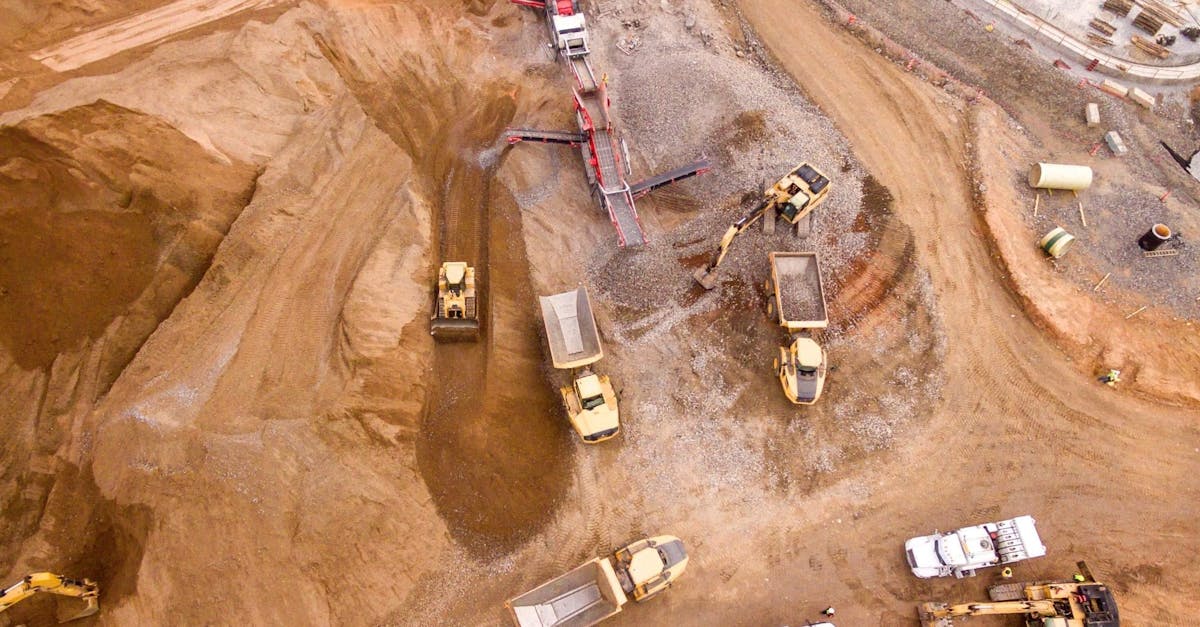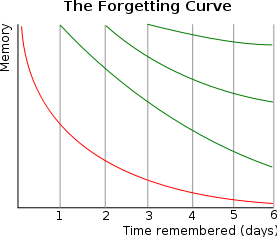The Power of Microlearning in the Mining Industry

According to PwC (2019), concerns surround the future of the mining industry, in terms of its focus on vital issues such as safety, the environment, technology and consumer engagement.
In order to create sustainable value for all stakeholders, changes must be made in the midst of our technological age. Small Caps announced in September 2019 that the mining industry is soon to be transformed by automation and robotics. In the next 15 years, the industry will experience an “extraordinary transformation.” Technology is soon to take over the global mining industry, with the possibility of some mine sites becoming unrecognisable.
The teach areas that will dominate the mining industry have been highlighted by an industry report presented by State of Play (Perth, Australia). Mining executives participated in a survey where findings indicated that 73% believe impacting technologies will take over in the next 15 year timeframe. These include:
- Robotics and automation
- Artificial intelligence
- Sensing and data.
Given that there is much to learn in the process of restructuring in the mining industry, individuals in the industry must be well-informed and on top of the various changes occurring. This can be facilitated through the implementation of microlearning.
Microlearning promotes the power of anytime, anywhere. Due to mining being labour-intensive, it is no question that miners do not have much time to set aside training within their packed days and nights. This is why enabling workers to progress through their courses in their own time results in increased engagement in and valuation of training.
Microlearning enables the share of knowledge and expertise, as well as the effective teaching of complex concepts. Course content is split into individual modules to direct all focus on that one concept. Spaced repetition is utilised to cement the knowledge absorbed by learners, countering the Forgetting Curve.
The Ebbinghaus Forgetting Curve (fig.1) illustrates the way our brains process information. It indicates the length of intervals within which information must be consolidated for best retention.

Fig. 1. Ebbinghaus Forgetting Curve
From analysis, the curve dictates the rate at which our memory weakens. Spaced repetition aims to counter effects of the curve, refreshing information stored in one’s memory before it begins to decline. Repetition of learnt information boosts the frequency of retrieval, determining the percentage of knowledge that is stored in learners’ long-term memories.
If you would like to learn more about how to build the most effective employee training strategy!
If you’d like to know more about how EdApp’s mobile learning platform can help your internal training practices, get in touch at enquiries@edapp.com. You can also try EdApp’s Mobile LMS and authoring tool for free by signing up here.
Author
Guest Author Daniel Brown
Daniel Brown is a senior technical editor and writer that has worked in the education and technology sectors for two decades. Their background experience includes curriculum development and course book creation.
